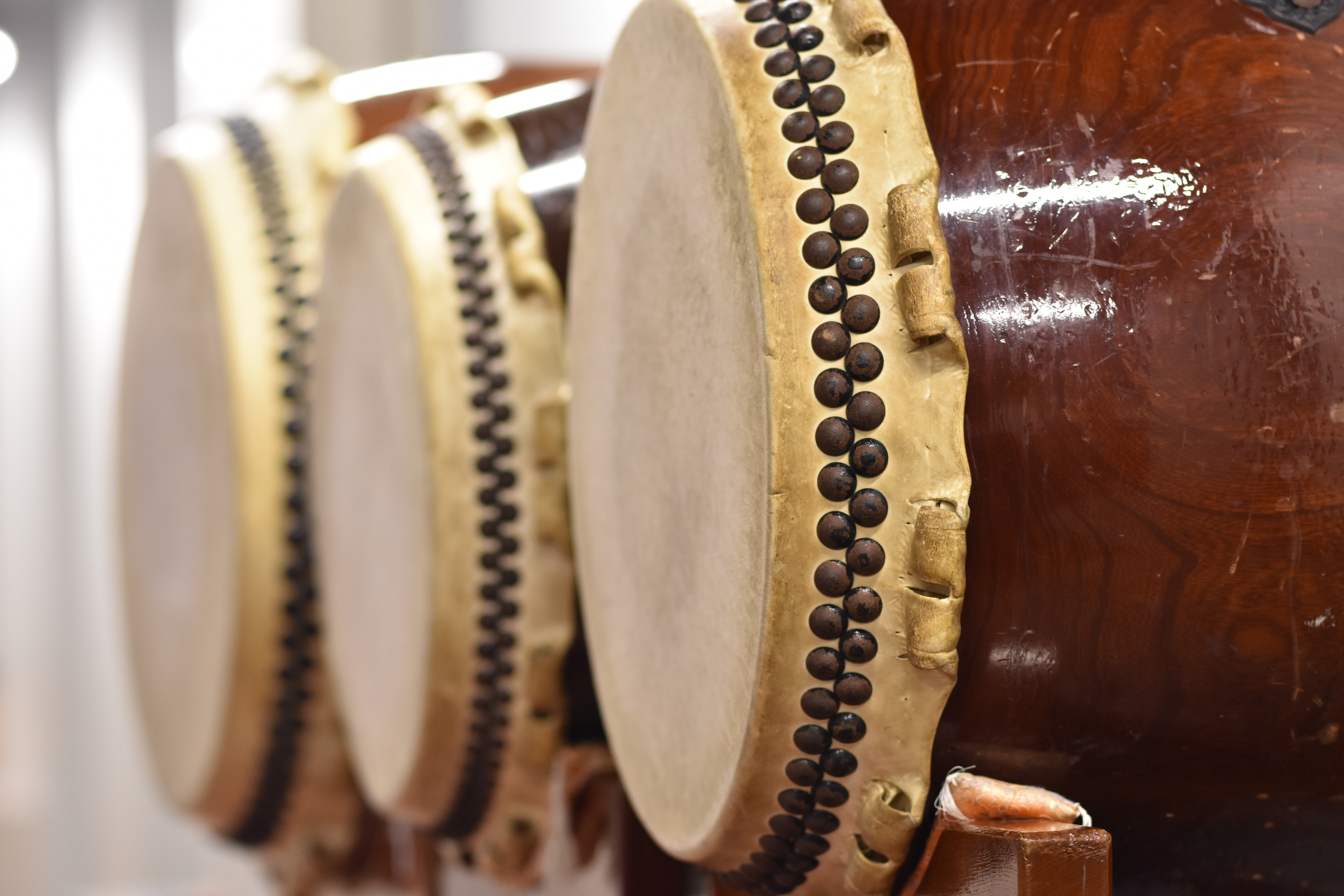

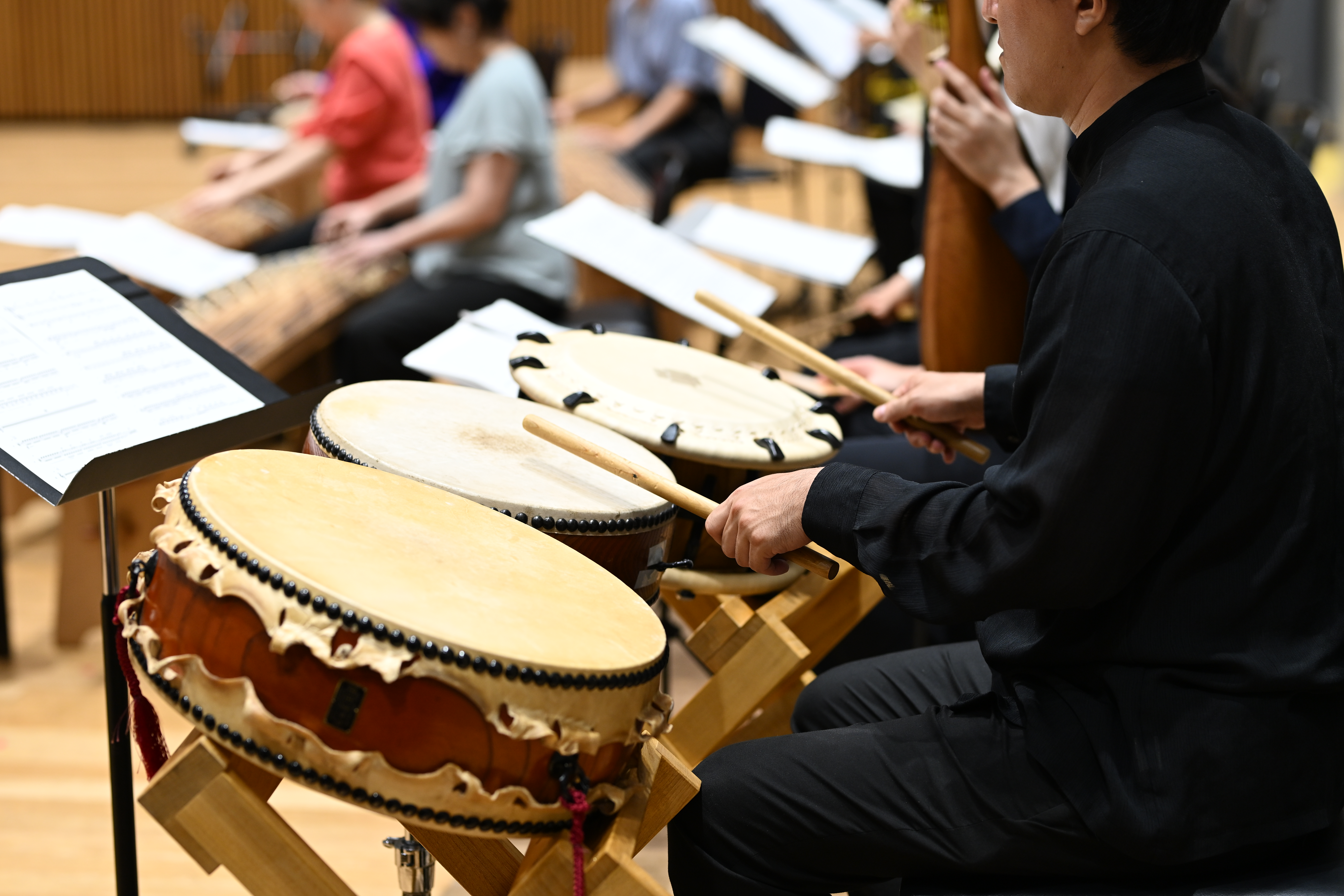



Taiko drums are an essential part of Japanese performing arts. From classical performance traditions such as gagaku, noh, and kabuki to local folk performance traditions, it can be said that there is no art form that does not include taiko.
There are many types of taiko, but in terms of construction they can generally be divided into those with drumheads on both sides of the barrel fastened to each other with ropes, and those on which a drumhead is tacked directly onto the barrel. The shime-daiko used in noh is the former type, while the ōdaiko used at temples and shrines and for bon odori festivals are the latter type. Ōdaiko on which the barrel is longer than the diameter are called nagadō-daiko ('long-bodied drums'), and those with shallow bodies are called hira-daiko ('flat drums'). Usually, the body of a drum is made by hollowing out a single piece of wood, but when the body is made by connecting multiple planks of wood, it is called an okedō-daiko ('bucket-bodied drum').
There is also the more rare uchiwa-daiko ('fan drum') which, instead of a true body, has a drumhead stretched around a hoop-like frame with a handle.
The name wa-daiko ('Japanese drums') was coined to differentiate from drums used in Western music, and ensembles that combine a variety of different drum types have only recently become popular.


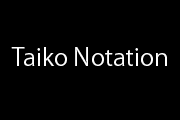
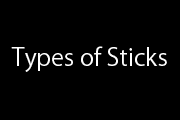
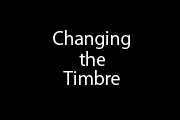
Performance and Explanation by Nishikawa Hiromitsu, Chiyozono Takeshi, and Makino Kanae
※ When musical notation is used in each episode, it is written in absolute pitch.
composer unknown, year of composition unknown
This is a performance handed down on Miyakejima, one of the Izu Islands, and became known to the world when the Japanese drum group Kodō performed it on stage. It is characterized by performers in a low stance, with their hips bent, using their whole body weight to strke a drum placed low to the ground. Its roots lie in the taiko that are beaten to lead the ,o-mikoshi (portable shrine) at the Gozu Tenno Festival held on Miyakejima.
Nishikawa Hiromitsu; composed in 2005
Ichiyou Raifuku refers to the sun regaining its vitality as winter turns to spring and the energy of "yang" (light, as opposed to "yin," shadow) fills the air, and this piece expresses that breath of life. This pieces showcases the power and rhythm of the sound of the taiko, as well as the nuanced use of the left and right hands.
Nishikawa Hiromitsu; composed in 1997
This pieces features two players, one on each side of a large drum, one playing a basic rhythmic pattern and the other playing in an individual style. First there is a ritualistic section, then the first half features straight rhythms while the second half has a rhythm with bounce to it; they come together at the end.
A solo for ōdaiko. From the very start, ōdaiko performance has been improvisatory, especially in solo performances, and this performance is also improvised. This drum, which is the same one used in Ichiyō Raifuku: Ōdaiko-hen, allows each performer to choose a stance where the position of their body, the ways the sticks are used, etc., will allow them to play comfortably.